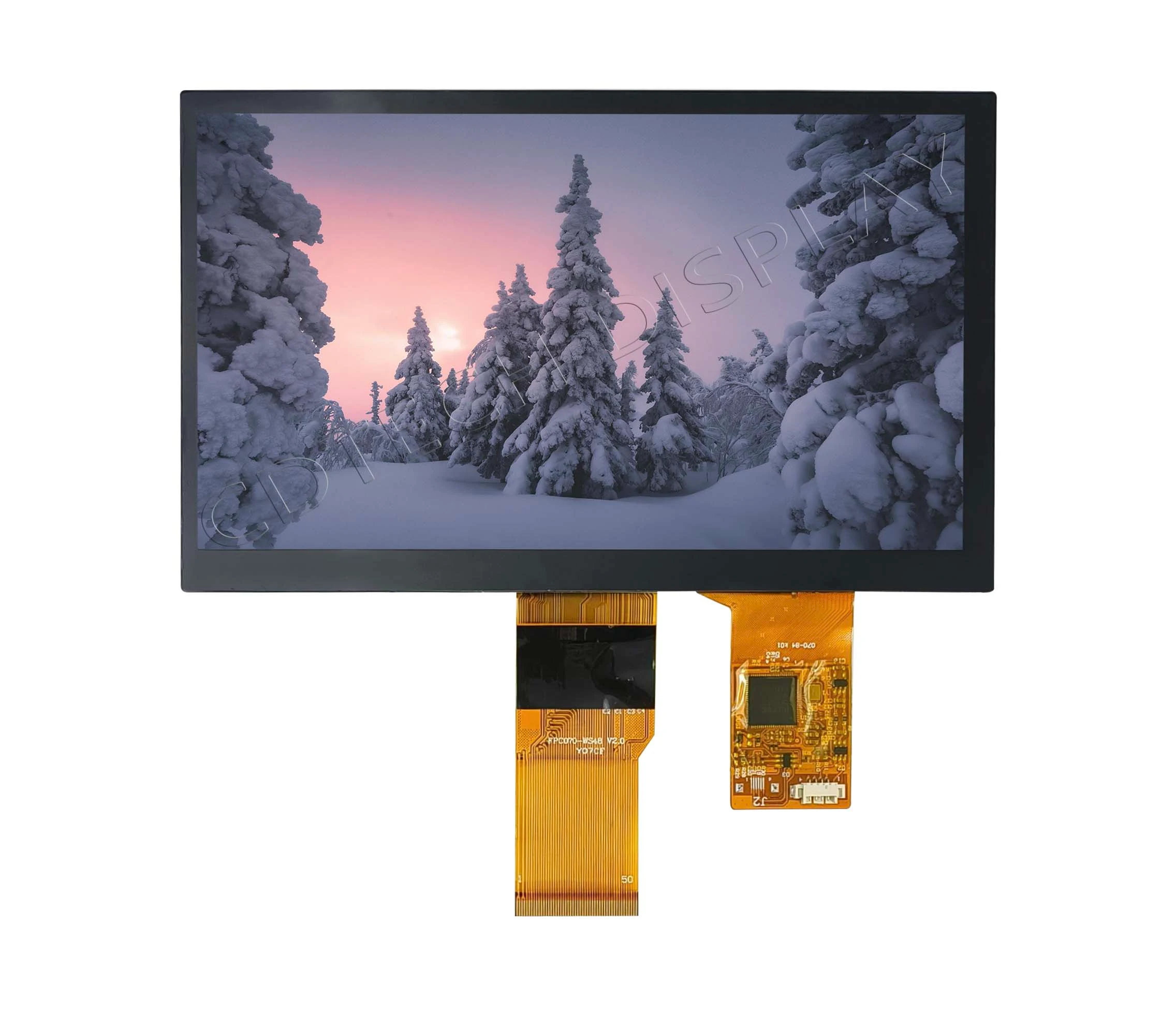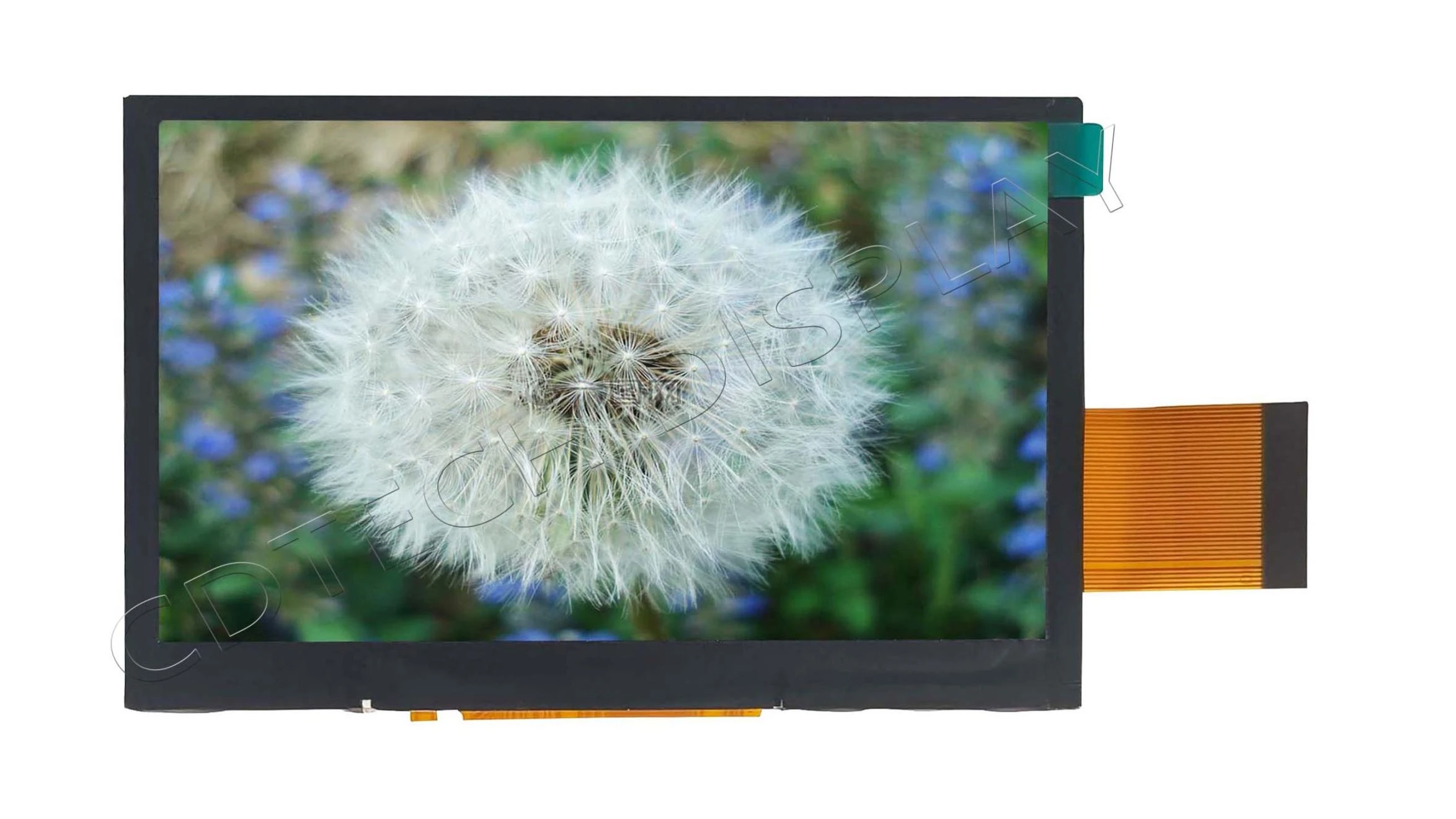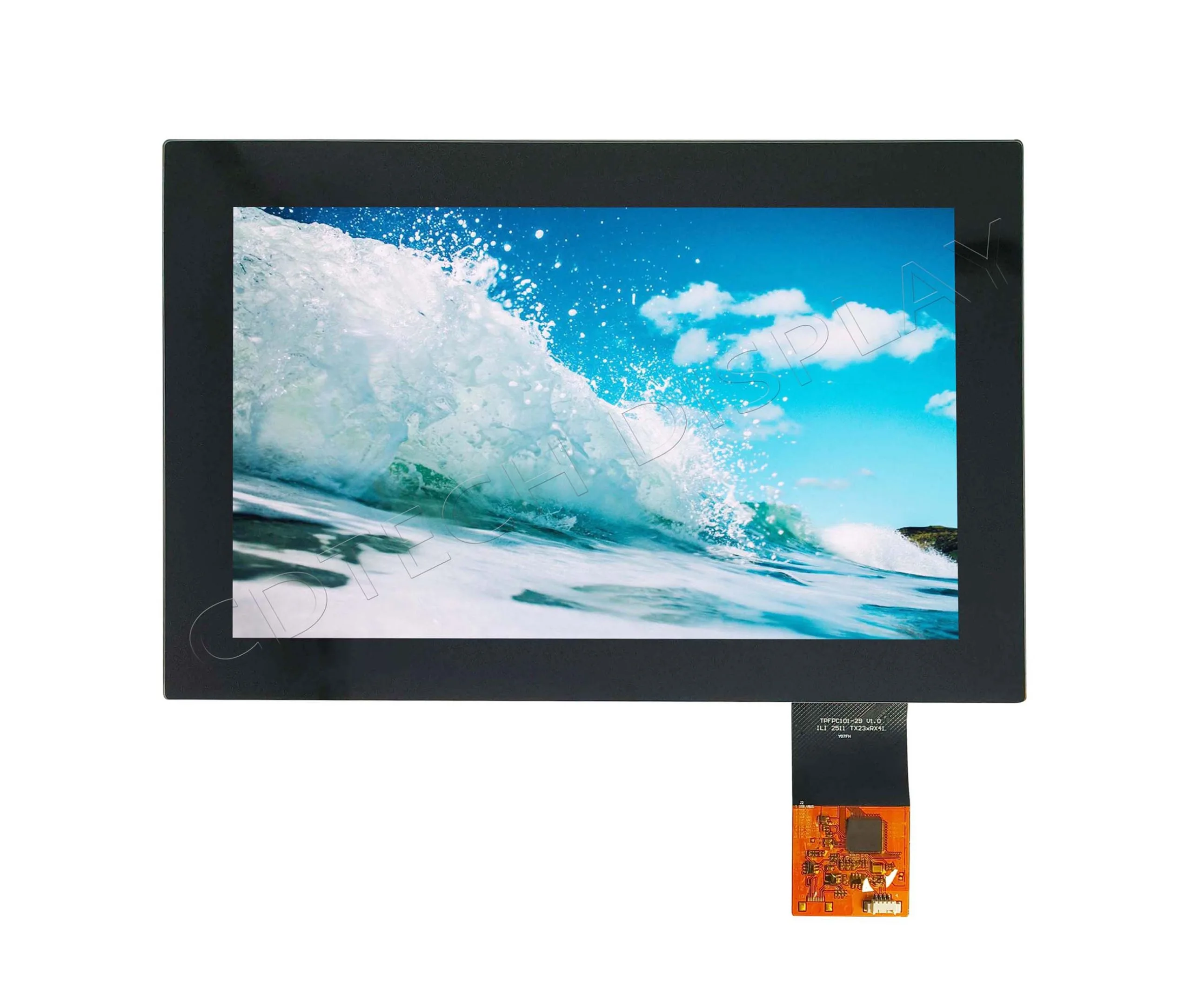Comparing TFT and IPS Displays: Which Offers Superior Performance?
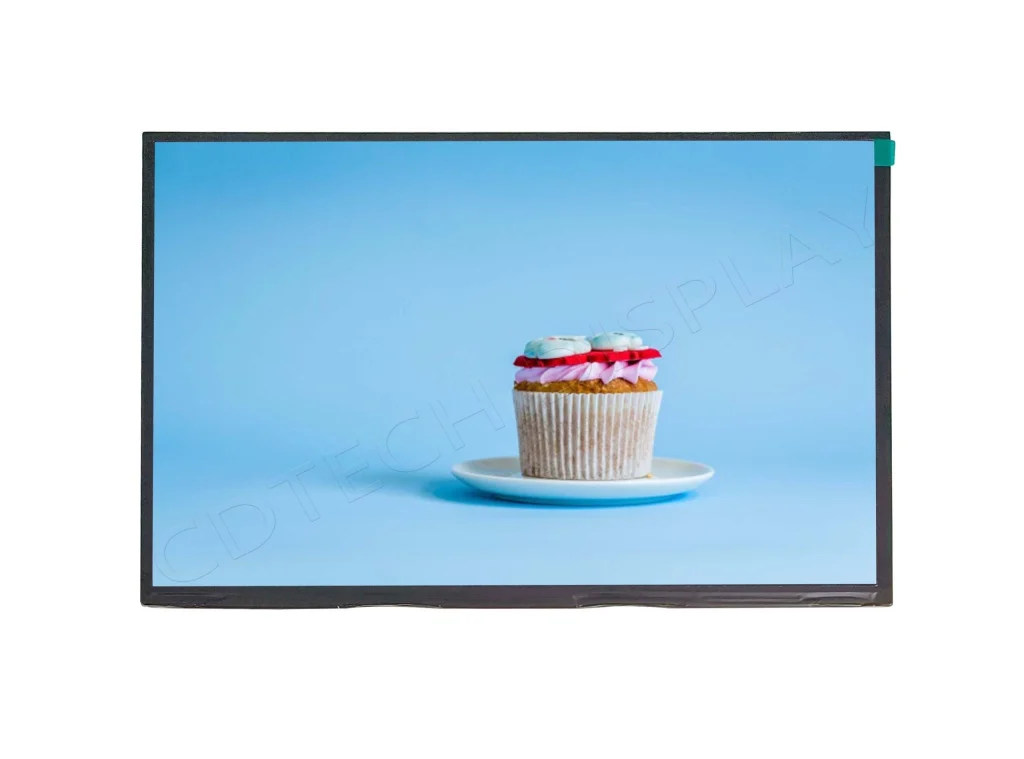
Understanding TFT and IPS Display Technologies
Overview of TFT (Thin-Film Transistor) Displays
TFT, or Thin-Film Transistor technology, is a form of active matrix LCD. It uses transistors and capacitors to manage each pixel. This gives quick response times and bright visuals. It’s a top pick for tasks needing low costs and energy savings. However, TFT screens often have tight viewing angles. Their color accuracy can be limited. This may impact the user’s experience.
Introduction to IPS (In-Plane Switching) Displays
IPS, or In-Plane Switching technology, was created to fix TFT’s flaws. It adjusts liquid crystal placement. This offers wider viewing angles and better color quality. These traits make IPS screens great for tasks where visuals matter most. However, they use more power. They also cost more than TFT displays.
Key Differences Between TFT and IPS Displays
Display Quality and Color Accuracy
IPS screens stand out in color precision. Their advanced liquid crystal setup ensures vivid hues. For example, CDTech’s 10.1-inch IPS display with 1920×1200 resolution delivers bright visuals. It shines even outdoors. It has an 800-nit brightness and wide angles. This keeps images clear from all views.
TFT displays, though affordable, have less reliable colors. They suit tasks where cost matters more than top-tier visuals.
Viewing Angles and User Experience
IPS technology keeps image quality steady up to 178-degree angles. This suits group settings or tasks needing clear views from different spots. CDTech’s 6.8-inch IPS display shows undistorted images from any direction.
TFT screens often have narrow viewing angles. Colors shift when viewed off-center.
Reaktionszeit und Aktualisierungsraten
TFT displays used to have faster response times than older IPS models. But new IPS advancements have closed this gap. For gaming or fast-moving content, both can perform well. It depends on the model.
Überlegungen zur Energieeffizienz
TFT screens use less power than IPS due to their basic design. This makes them ideal for battery-powered devices. Examples include industrial handheld tools or budget smartphones.
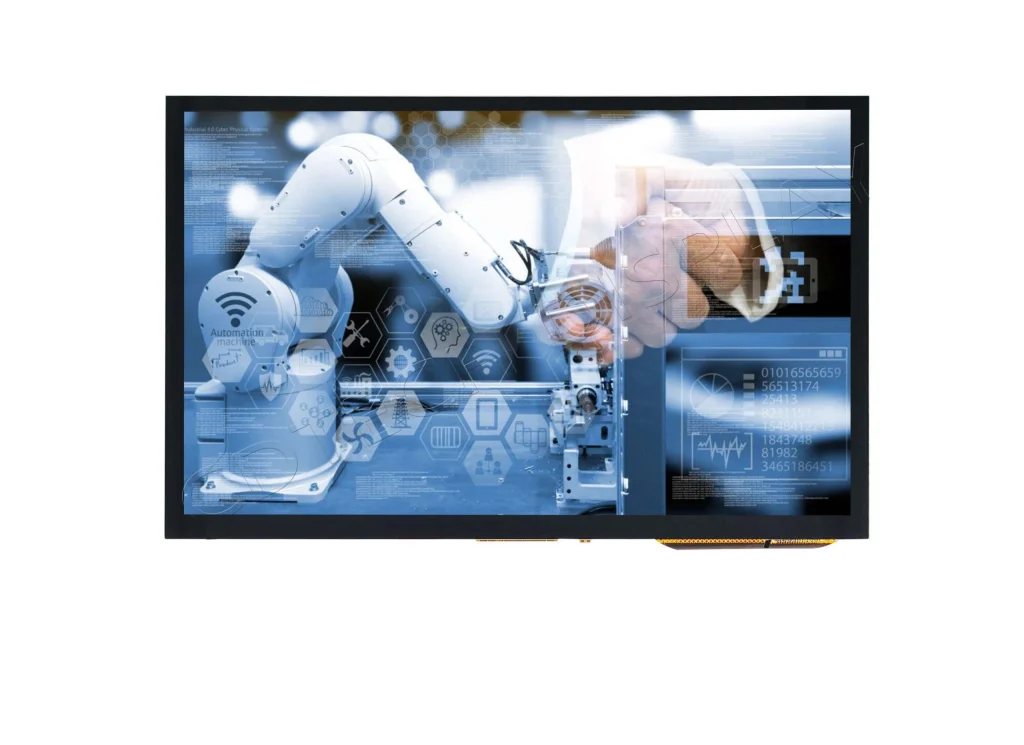
Performance in Various Applications
Gaming and Entertainment
Gamers wanting vivid colors and wide angles often choose IPS displays. CDTech’s 10.1-inch sunlight-readable IPS module with a 1000-nit backlight performs well. It excels even in bright outdoor light.
TFT screens may attract gamers who value lower costs or quicker response over visual quality.
Professional Use Cases: Design, Editing, and Office Work
Tasks like graphic design or video editing need precise colors and steady visuals. IPS technology excels here. CDTech’s 12.1-inch IPS display with 1024×768 resolution offers a solid option. It combines high contrast and clear images.
TFT screens may work in offices where cost savings trump premium visuals.
Everyday Use: Smartphones, Tablets, and Laptops
Both TFT and IPS are used in devices like smartphones and laptops. TFT screens serve budget users with simple needs. Devices with CDTech’s advanced IPS modules offer better visuals. They suit media viewing or multitasking.
Advantages and Limitations of Each Technology
Benefits of TFT Displays
Cost Efficiency for General Use
TFT displays cost less to make than IPS panels. This makes them practical for basic devices or industrial tools. Premium display features are often unneeded here.
Compact Design for Lightweight Devices
TFT’s simple setup allows slim designs. This aids in building lightweight devices. It’s great for portable gear like handheld medical tools.
Strengths of IPS Displays
Enhanced Visual Quality for Media Consumption
CDTech’s 8-inch vertical IPS module shows how IPS boosts media viewing. It offers bright colors and wide-angle visibility.
Better Suitability for Collaborative Viewing
IPS panels have excellent viewing angles. They suit group tasks or presentations. Multiple viewers can see clearly at once.
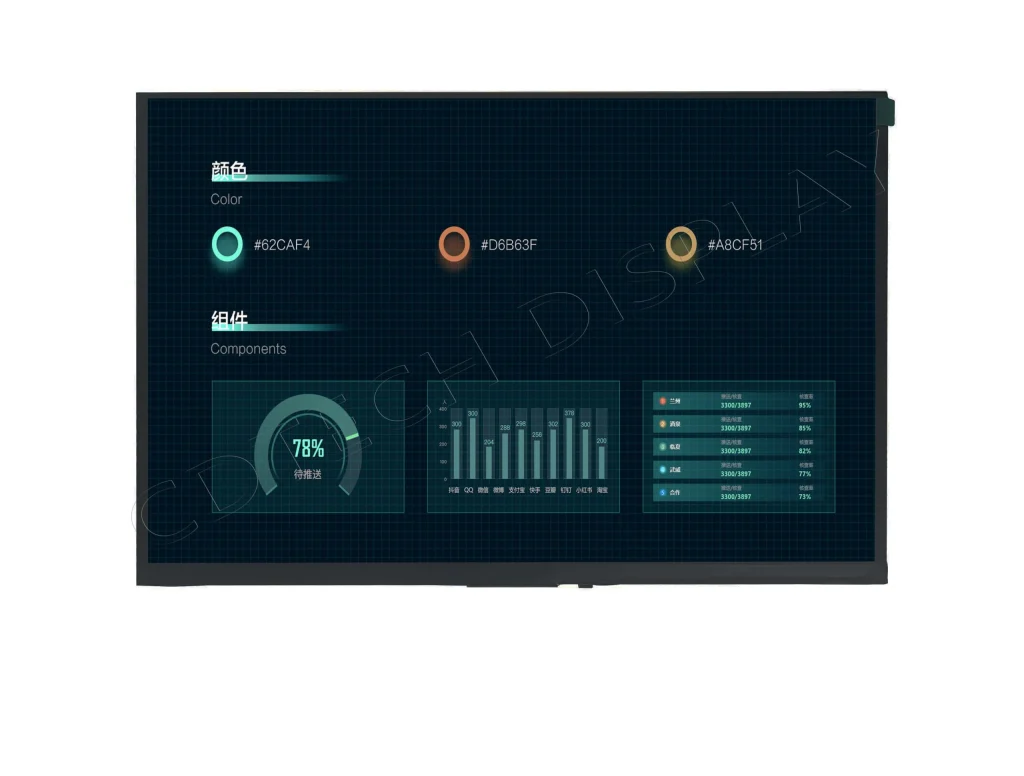
Auswählen des richtigen Displays für Ihre Anforderungen
Factors to Consider Based on Usage Scenarios
Budget Constraints
If cost is key, a TFT display balances price and function. It meets basic performance needs.
Importance of Image Quality
For users needing top visuals, like designers or gamers, IPS screens are worth the cost. They offer better color accuracy and viewing comfort.
Device Type and Application Requirements
- Think about the device’s purpose when choosing. For example:
Industrial monitoring systems gain from CDTech’s tough, sunlight-readable TFT modules. - High-end tablets benefit from vibrant IPS panels like CDTech’s.
FAQ
Q: Is an IPS display always better than a TFT display?
A: Not always. It depends on needs like budget or image quality.
Q: Which display type performs better outdoors?
A: Both can work well with high brightness. CDTech’s sunlight-readable modules show great clarity in bright settings.
Q: Are there significant differences in durability?
A: Both offer strong options for different conditions. CDTech’s industrial-grade solutions ensure reliability.

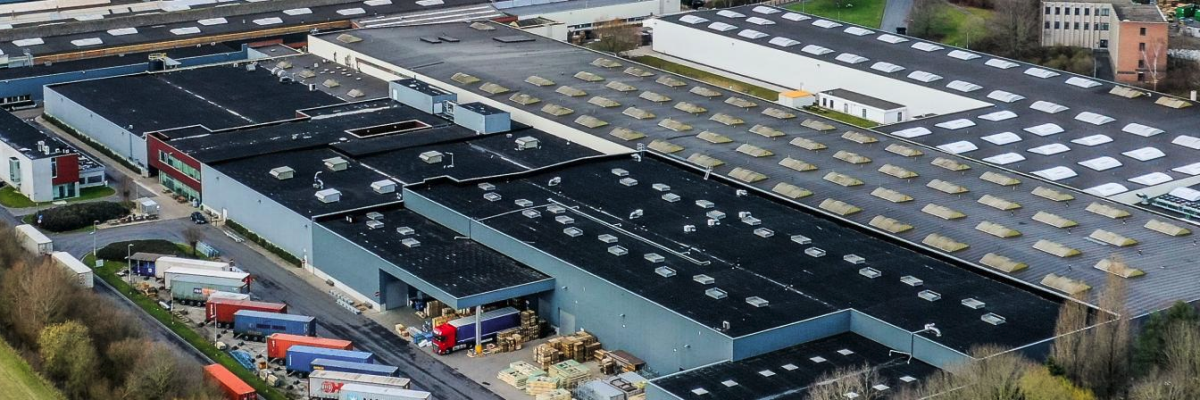
 2025-05-22
2025-05-22  11:50
11:50 